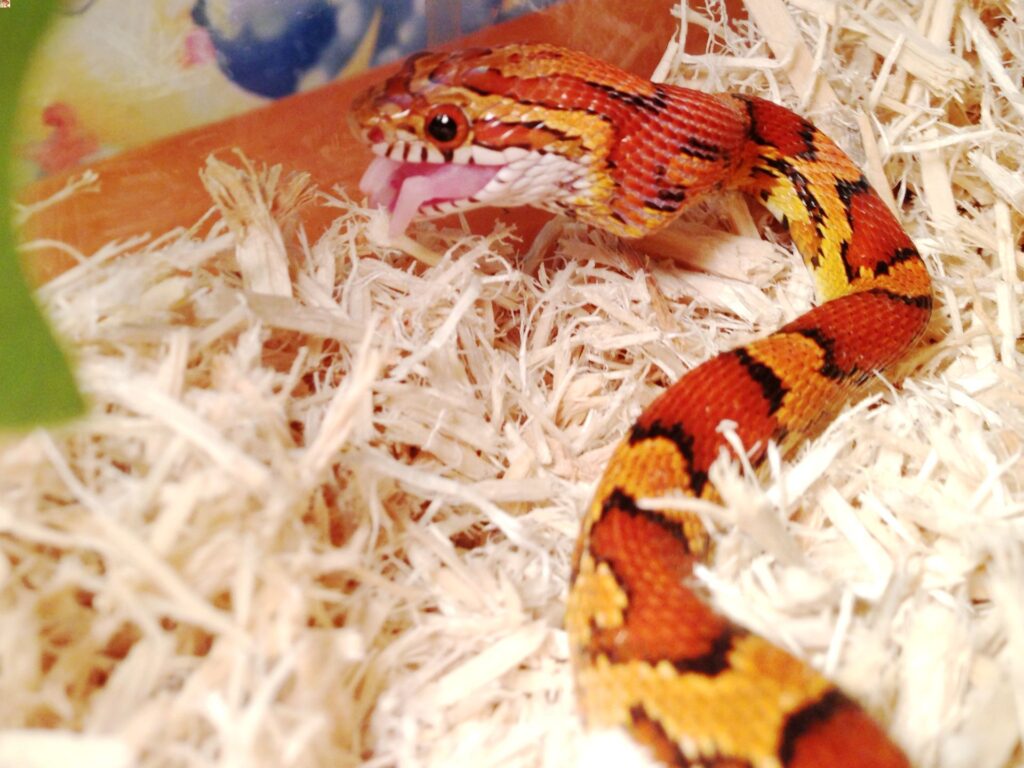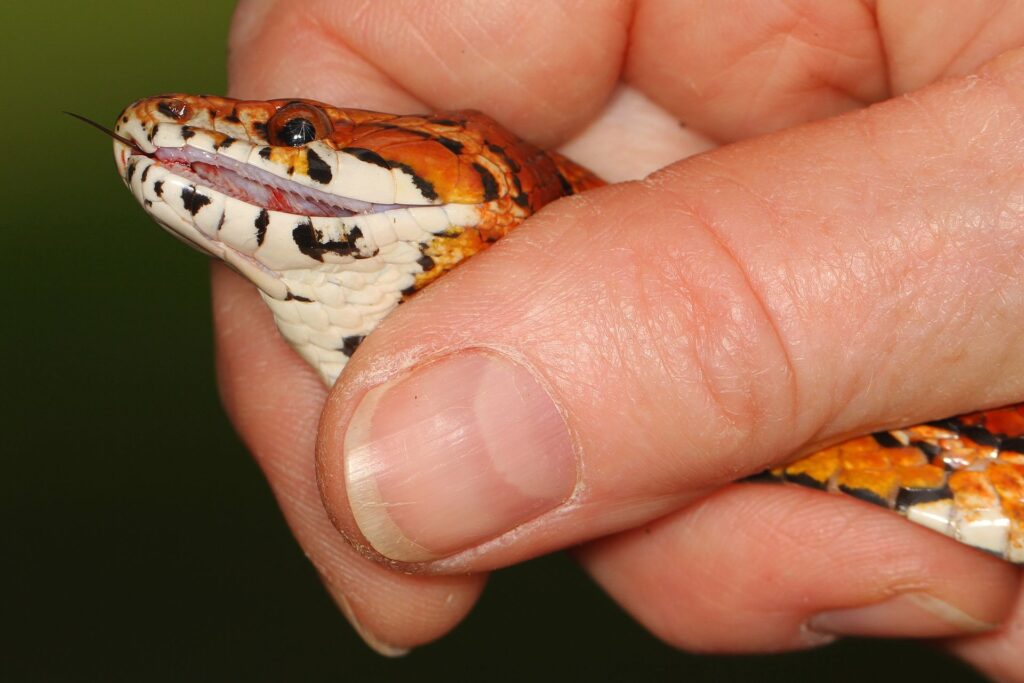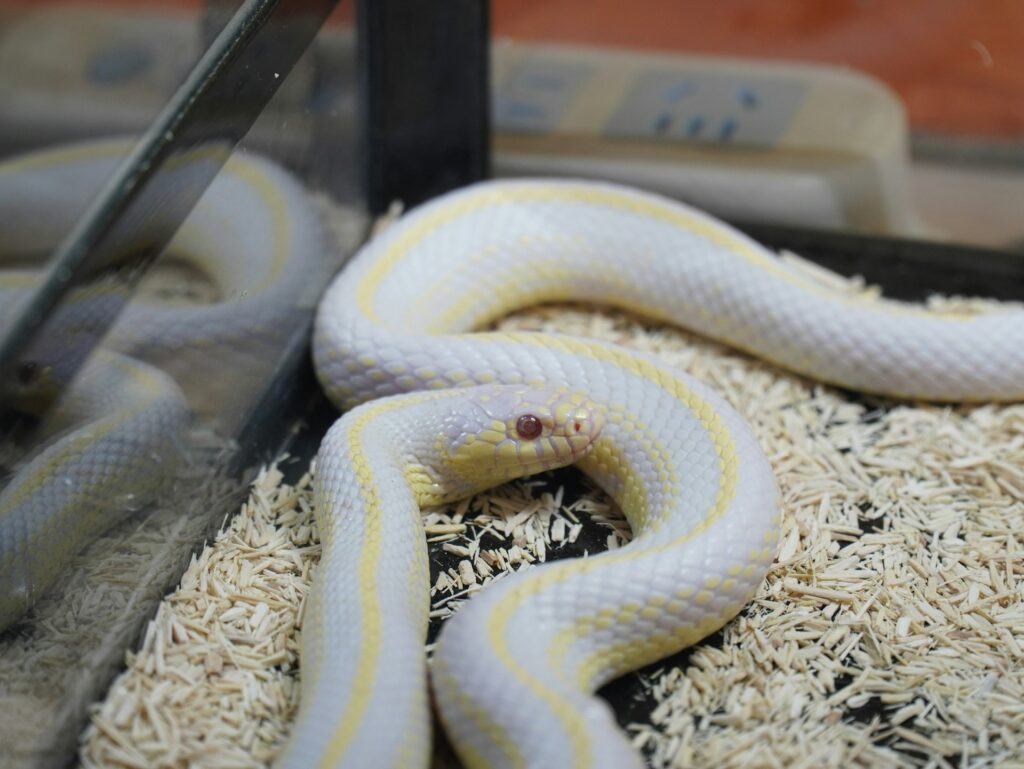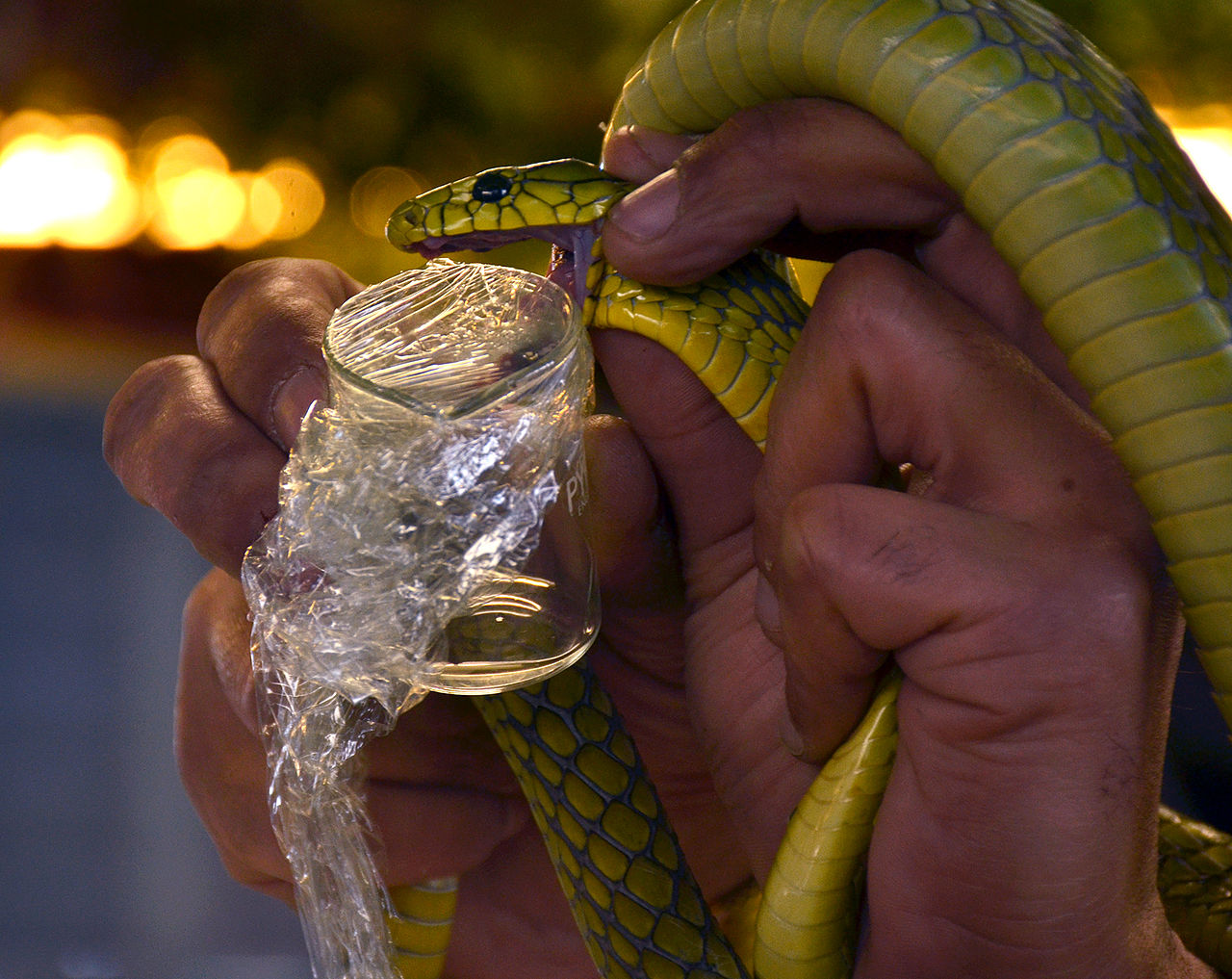In the frightening moments after a venomous snake bite, spider sting, or scorpion attack, antivenom stands as the critical lifeline between recovery and potential death. This remarkable medical product has saved countless lives worldwide since its first development in the late 19th century. But few people understand the complex, meticulous process behind creating these lifesaving serums. From the careful extraction of venom to the purification of antibodies, antivenom production represents a fascinating intersection of biology, immunology, and pharmaceutical science. This article explores the intricate journey from dangerous venom to healing medicine – a process that transforms deadly toxins into their very antidote through a combination of traditional techniques and cutting-edge innovation.
The Historical Development of Antivenom

The story of antivenom begins in the 1890s with French physician Albert Calmette, who was stationed in present-day Vietnam when he observed numerous deaths from cobra bites. Inspired by the emerging field of immunology and the work of scientists like Louis Pasteur, Calmette began experimenting with immunizing horses against snake venom. His breakthrough came when he discovered that serum from these immunized horses could neutralize cobra venom and save bite victims. This fundamental approach – immunizing animals and harvesting their antibodies – remains the core principle of antivenom production today. By 1895, Calmette had produced the first commercial antivenom, marking the beginning of a medical advancement that would go on to save millions of lives across the globe.
Understanding Venom and Its Mechanisms

Before diving into antivenom production, it’s essential to understand what venom actually is. Venoms are complex cocktails of proteins and peptides that have evolved specifically to immobilize, kill, or digest prey. Snake venoms, for instance, might contain dozens to hundreds of different toxins, each with specific targets in the victim’s body – some destroy red blood cells, others attack the nervous system, while some prevent blood from clotting. Spider venoms, particularly from species like the black widow or funnel-web spider, often contain neurotoxins that disrupt nerve signals throughout the body. This complexity makes venom treatment challenging, as each type of venom requires a specific antivenom tailored to neutralize its particular blend of toxins. Understanding these mechanisms is crucial for scientists working to develop effective treatments.
Venom Collection: The First Critical Step

The antivenom production process begins with the careful collection of venom from the very creatures causing the medical emergencies. Professional handlers work with live venomous animals in specialized facilities, using techniques refined over decades to minimize risk to both the handlers and the animals. For snakes, the process typically involves gently pressing the animal’s head to stimulate the venom glands while guiding the fangs over a collection vessel or a covered container. Spider venom collection often requires electrical stimulation to cause the arachnid to release venom, which is then carefully harvested. This delicate process must be repeated regularly, as a single production batch of antivenom might require venom collected from hundreds of individual animals. The collected venom is then freeze-dried to preserve its potency before moving to the next stage of production.
Animal Immunization: Creating Antibodies

Once sufficient venom has been collected, the immunization process begins using animals with robust immune systems – traditionally horses, sheep, or sometimes rabbits. These animals receive carefully calculated, gradually increasing doses of venom that have been treated to reduce toxicity while maintaining immunogenicity. This process, which can take months to complete, stimulates the animal’s immune system to produce antibodies specifically targeting the venom components. The animals are closely monitored throughout this process to ensure their health and well-being, with veterinarians providing constant care. Blood samples are regularly taken to check antibody levels, and once these reach sufficient concentration, larger amounts of blood are collected for processing. Modern facilities adhere to strict ethical guidelines for animal treatment, including comfortable housing, proper nutrition, and environmental enrichment.
Plasma Separation and Purification

After blood collection from the immunized animals, the plasma – the liquid portion containing the valuable antibodies – must be separated from the cellular components. This is typically accomplished through centrifugation, where spinning the blood at high speeds forces the heavier cells to the bottom while leaving the plasma on top. The resulting plasma contains not only the desired anti-venom antibodies but also thousands of other proteins that must be removed. Purification techniques have evolved significantly over the decades, with modern methods using a combination of salt precipitation, ion exchange chromatography, and affinity chromatography to isolate the specific antibodies that target venom components. This purification stage is critical for reducing adverse reactions in patients and creating a more concentrated, effective final product.
From Whole Antibodies to Fragments: Advanced Processing

Traditional antivenoms consist of whole antibody molecules harvested from animal plasma, but modern production often goes a step further by breaking these antibodies down into smaller fragments. Enzymes like pepsin or papain are used to cleave the antibodies, creating fragments that retain their venom-binding capabilities while eliminating portions that might trigger immune reactions in patients. These smaller fragments, known as F(ab’)2 or Fab fragments, clear more quickly from the body and typically cause fewer adverse reactions than whole antibodies. The fragment approach represents a significant advancement in antivenom technology, as it addresses one of the primary challenges of traditional antivenom therapy – the risk of severe allergic reactions to animal proteins. Some cutting-edge facilities now focus exclusively on fragment-based antivenoms for their improved safety profile.
Quality Control and Standardization

Before an antivenom can be released for medical use, it undergoes rigorous testing to ensure its safety, potency, and purity. Samples from each production batch are tested for their ability to neutralize venom, usually through standardized assays measuring how effectively the antivenom prevents venom-induced effects in cellular models or laboratory animals. Manufacturers must demonstrate consistent potency across batches, ensuring that physicians can reliably predict dosing requirements in emergency situations. Additional quality control measures include testing for bacterial contamination, abnormal toxicity, and pyrogenicity (fever-causing potential). Regulatory agencies like the FDA in the United States or the WHO internationally set strict standards that manufacturers must meet before their products can be approved for human use. This intensive quality control process helps ensure that antivenoms perform reliably when lives are at stake.
Polyvalent vs. Monovalent Antivenoms

Antivenoms are categorized based on how many different venoms they can neutralize. Monovalent antivenoms are designed to combat the venom of a single species, making them highly specific but limited in application. Polyvalent antivenoms, by contrast, can neutralize venoms from multiple related species, offering broader coverage in regions where bite victims may not be able to identify the exact snake or spider responsible. For example, the CroFab antivenom used in North America is effective against the venoms of rattlesnakes, copperheads, and cottonmouths – the most common venomous snakebites in the region. The decision to produce monovalent or polyvalent antivenom depends on regional needs, the relatedness of local venomous species, and the practicalities of distribution in often remote areas. While polyvalent options provide versatility, they sometimes require higher doses to achieve the same neutralizing effect as a more targeted monovalent product.
The Cold Chain: Storage and Distribution Challenges

One of the greatest challenges in antivenom availability isn’t just production but maintaining product stability throughout storage and transportation. Most antivenoms require refrigeration (2-8°C) throughout their shelf life, creating what’s known as a “cold chain” from manufacturer to patient. In remote regions or developing countries where venomous bites are most common, maintaining this cold chain presents significant logistical hurdles. Power outages, inadequate infrastructure, and long transport distances can all compromise antivenom quality. To address these challenges, manufacturers have developed lyophilized (freeze-dried) formulations that remain stable at room temperature until reconstituted for use. Some newer antivenoms incorporate stability-enhancing excipients that extend shelf life even in challenging conditions. Solving these distribution challenges is as crucial as the production itself in ensuring antivenoms reach those who need them most.
Side Effects and Treatment Considerations

While antivenoms save lives, they can cause significant adverse reactions in some patients. Early antivenoms, with minimal purification, frequently caused severe reactions including anaphylaxis, serum sickness, and other immune-mediated conditions. Modern, highly purified products have reduced – but not eliminated – these risks. Immediate hypersensitivity reactions occur in 5-10% of patients receiving contemporary antivenoms, with symptoms ranging from mild rashes to life-threatening anaphylaxis. Delayed serum sickness, characterized by fever, rash, and joint pain, can develop 1-2 weeks after treatment. Medical professionals administering antivenom must be prepared to manage these potential complications, often pre-medicating patients with antihistamines or corticosteroids. The decision to administer antivenom always involves weighing the severity of envenomation against these potential risks, particularly in milder cases where supportive care alone might suffice.
The Economics and Accessibility Crisis

Despite their lifesaving potential, antivenoms face serious production and accessibility challenges worldwide. Manufacturing complexity, coupled with relatively low demand and stringent regulatory requirements, has led many pharmaceutical companies to discontinue antivenom production, creating critical shortages in many regions. The high cost of remaining products – sometimes exceeding $10,000 per treatment in the United States – places them beyond reach for many patients, particularly in developing countries where venomous bites are most common. This has created what experts call an “antivenom crisis,” with an estimated 100,000+ preventable deaths occurring annually due to lack of access to these essential medicines. Several non-profit initiatives and partnerships between universities, governments, and pharmaceutical companies are working to address this crisis through technology transfer, subsidized production, and development of more cost-effective manufacturing methods.
Next-Generation Approaches: The Future of Antivenom

While traditional antivenom production has saved countless lives, scientists are actively exploring innovative approaches to overcome current limitations. Recombinant technology offers the possibility of producing antivenoms without animals by generating synthetic antibodies or venom-neutralizing proteins in laboratory settings. Researchers are also developing universal antivenoms that could neutralize a wide range of venoms through antibodies targeting conserved toxin structures or through synthetic molecules that physically trap toxins regardless of their specific structure. Another promising approach includes humanized antibodies, which are modified to more closely resemble human proteins, potentially reducing adverse reactions. Small molecule inhibitors that block specific toxin activities rather than binding the toxins themselves represent yet another frontier in antivenom research. While these next-generation approaches are still largely experimental, they offer hope for more accessible, affordable, and effective envenomation treatments in the future.
Community Knowledge and First Response

While antivenom remains the definitive treatment for serious envenomations, community education plays a crucial role in reducing mortality and morbidity. In many regions, traditional beliefs and inappropriate first aid measures – such as tourniquets, cutting bite sites, or applying various substances to wounds – can worsen outcomes and delay proper medical care. Public health initiatives that teach proper first aid (immobilization, keeping the affected limb below heart level, and prompt transportation to medical facilities) have demonstrably improved survival rates. In areas with limited healthcare access, community-based antivenom distribution programs have been implemented with training for local healthcare workers on proper administration and monitoring. These programs, combined with species identification education to help determine which antivenoms are needed, form a critical front line in the battle against envenomation deaths around the world.
Conclusion

The journey from deadly venom to lifesaving medicine represents one of modern medicine’s most fascinating processes. Antivenom production combines centuries-old immunological principles with cutting-edge purification technology to transform deadly toxins into their own cure. Despite challenges in production, distribution, and affordability, these products continue to save thousands of lives annually. As new technologies emerge – from recombinant antibodies to universal antivenom approaches – the field continues to evolve, promising more effective and accessible treatments for the future. What remains unchanged is the remarkable concept at the core of antivenom: that within some of nature’s deadliest substances lies the key to their own neutralization, a perfect embodiment of the principle that sometimes the cure can be found within the poison itself.




